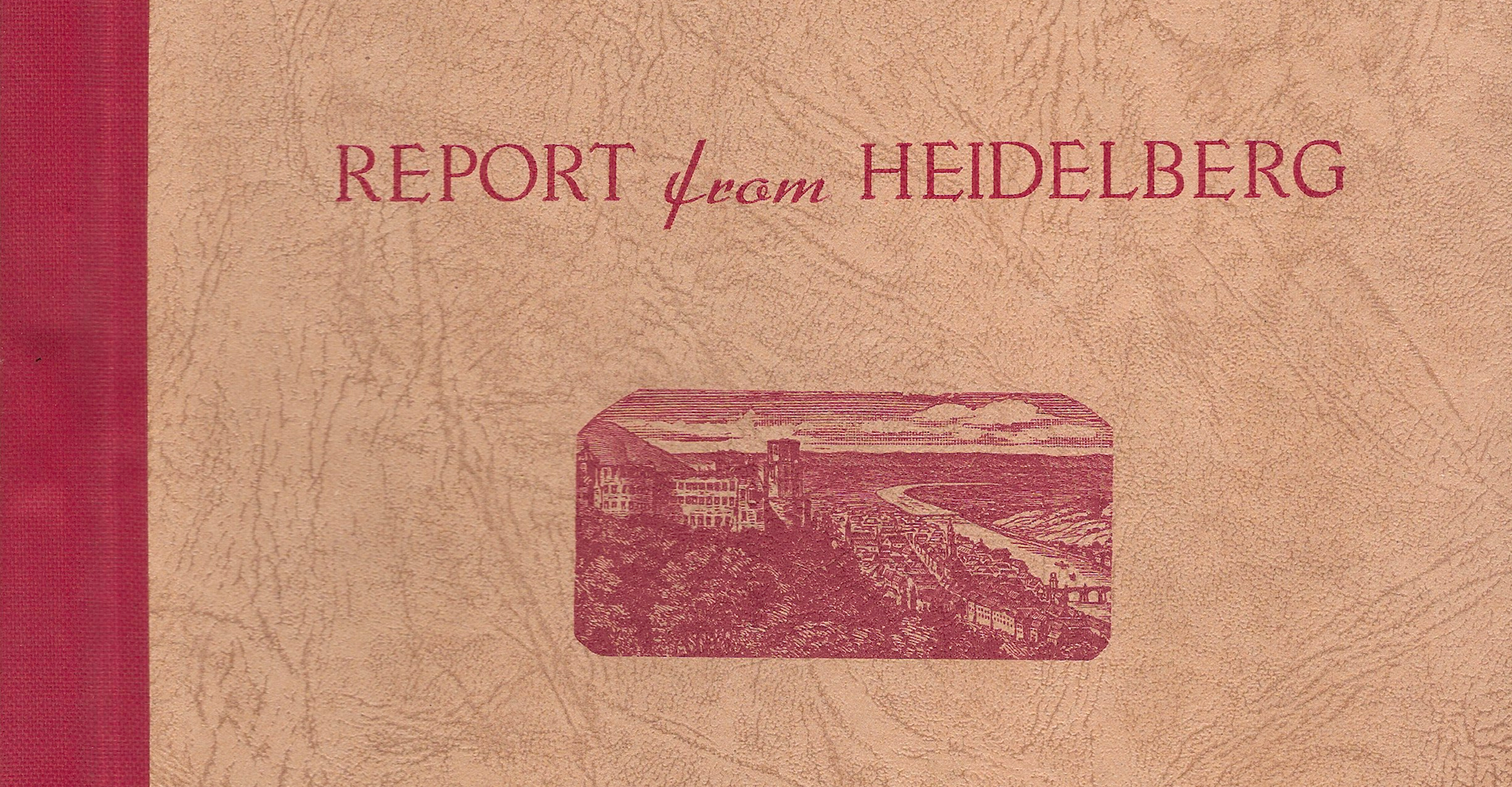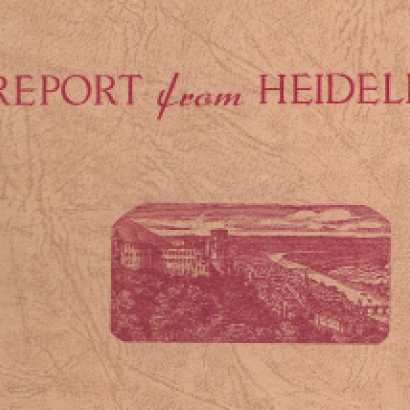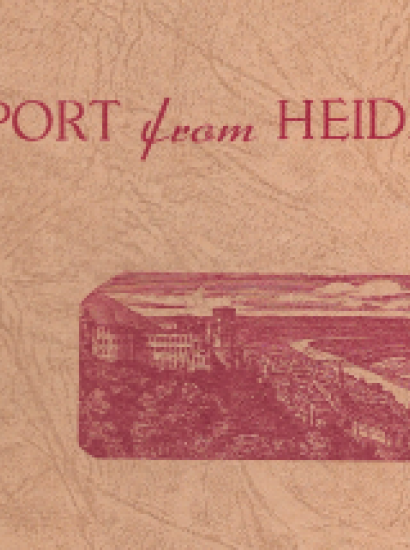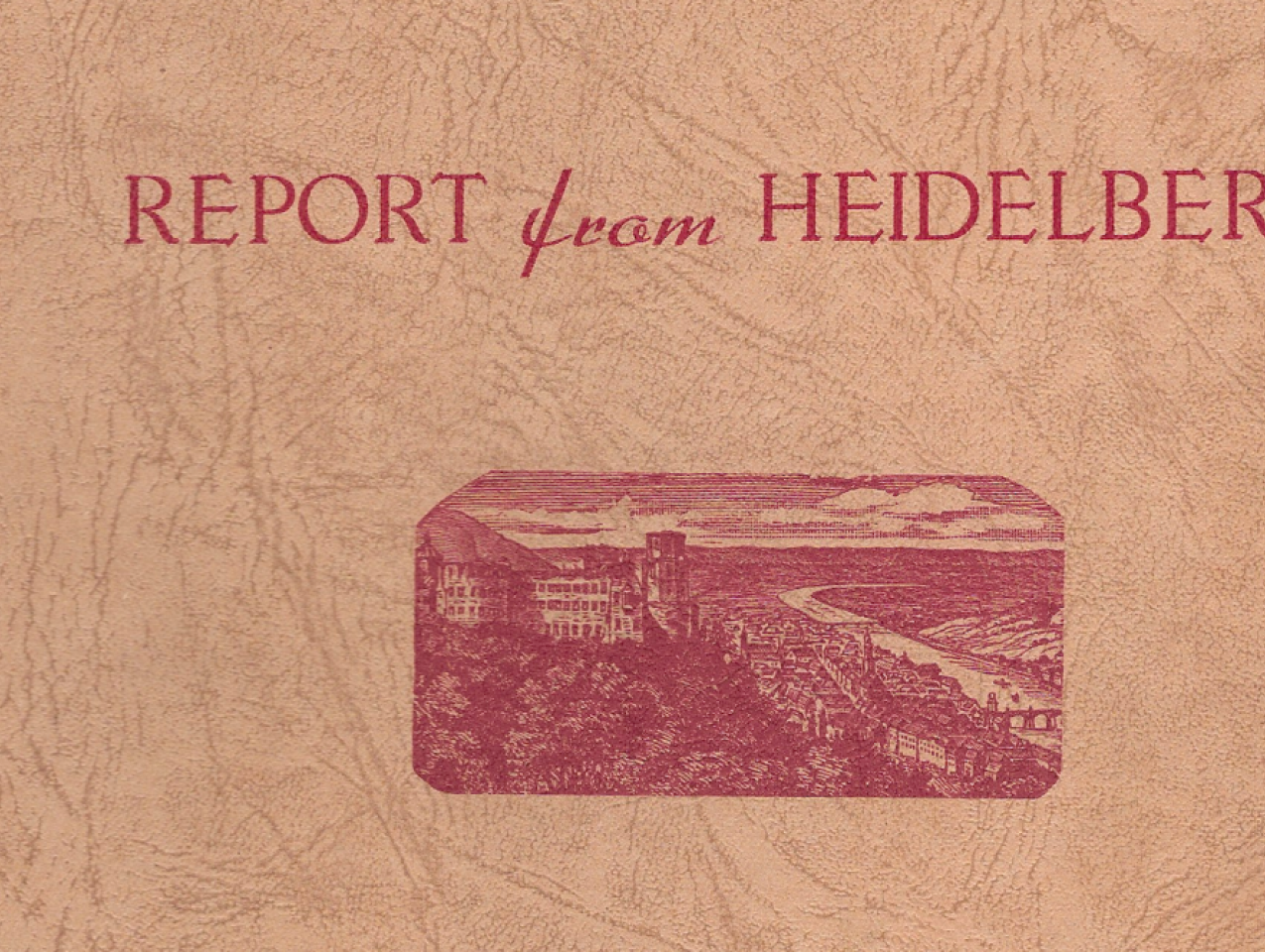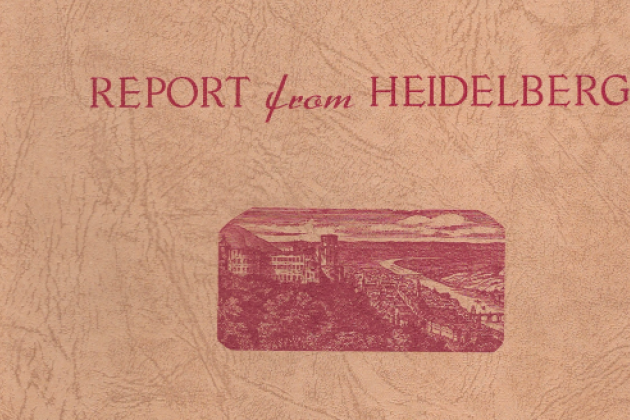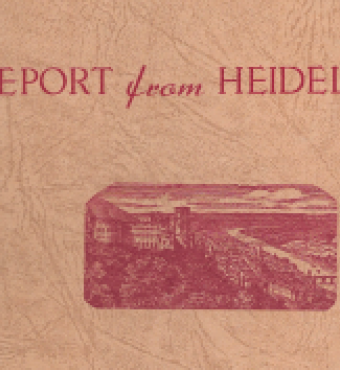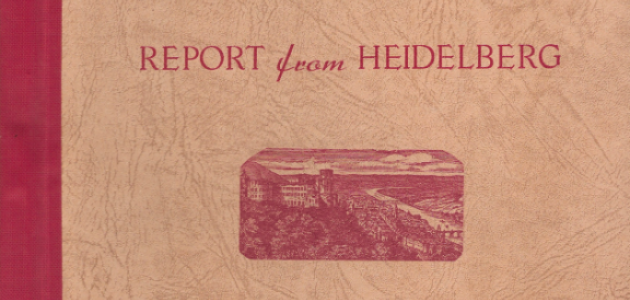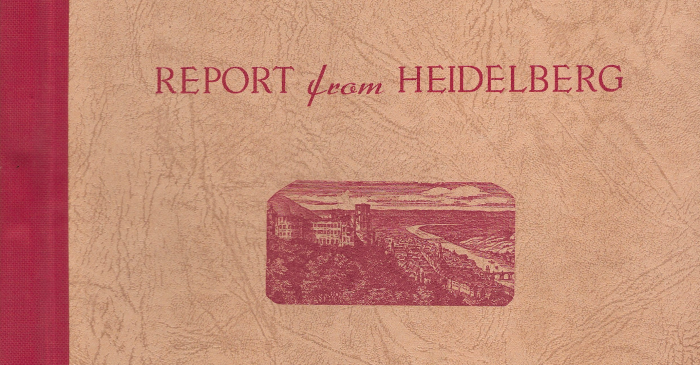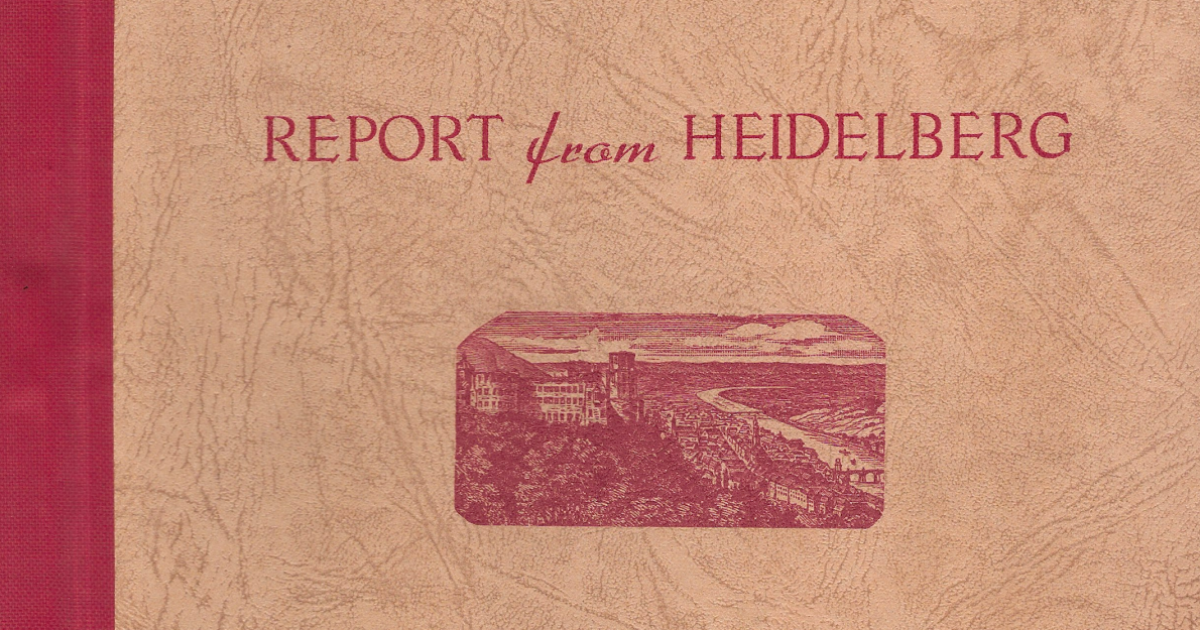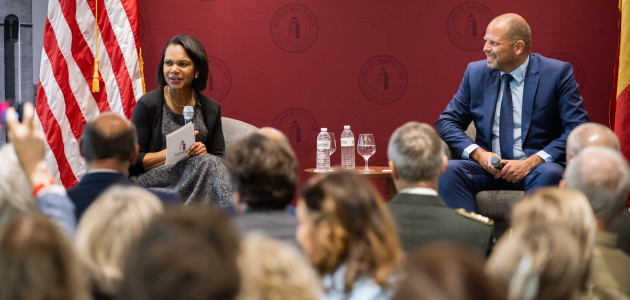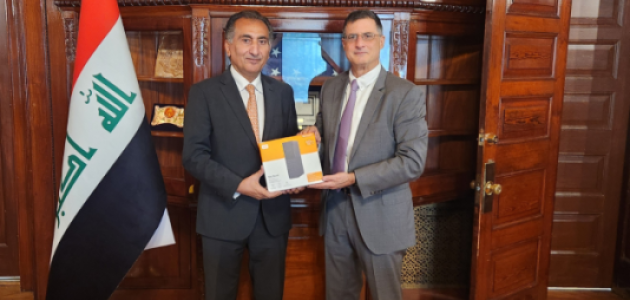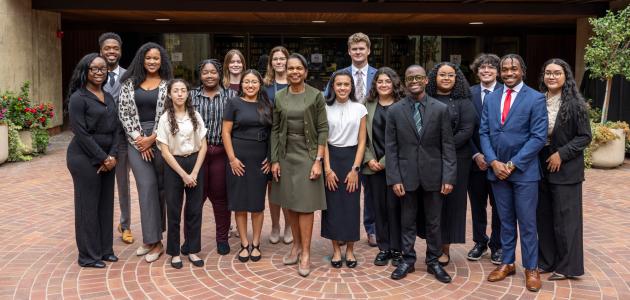Above: the front cover of the “Report from Heidelberg.”
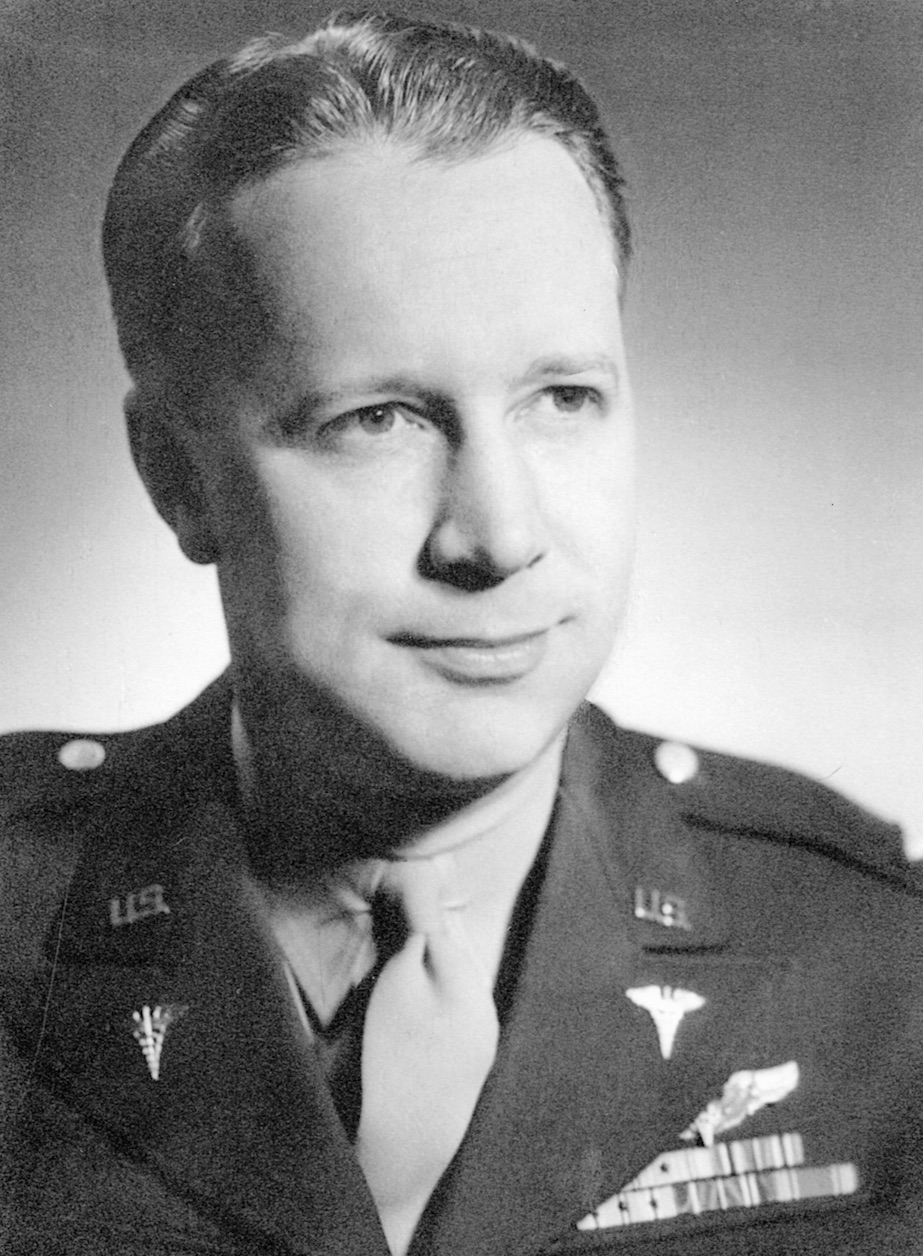
When WWII ended in 1945, US Army Air Forces (AAF) set up a research center in Heidelberg, Germany. The AAF Aeromedical Center, as it was called, had as its mission “to bring back from Germany everything of aero medical interest and all information of importance to medical science in general.” Colonel Robert J. Benford (1905–1990) commanded the facility; the collection chronicling the operation of the center and life in Germany in the immediate postwar years is a gift of one his daughters.
Colonel Benford, a native of Omaha, worked his way through school as a newspaper reporter and a jazz musician, graduating from the medical school of the University of Nebraska in 1934. Soon after that he joined the US Army Air Forces. As a research associate in physiology at the Harvard School of Public Health, he helped develop and test aviators’ oxygen masks. During World War II, he was the senior staff medical officer of the XX Bomber Command, the first B-29 Superfortress unit to strike the Japanese mainland from bases in India and China. Immediately after the war, in Heidelberg, Benford was able to bring together several dozen top German aero medical researchers and technicians and make it possible for them to continue some of their research projects. At the same time he oversaw a massive translation project from German into English of some two thousand medical research documents, mostly highly classified reports in support of the Luftwaffe.
The problem with German medical research during the war, something that Colonel Benford and his superiors were no doubt well aware of, was that it was frequently based on experimentation on unwilling human subjects, supplied by such Nazi concentration camps as Auschwitz, Dachau, and Ravensbrück. The only mention of this is in a caption to one of the photos of German scientists, where three out of a group of five: Drs. Siegfried Ruff, Hermann Becker-Freyseng, and Konrad Schaefer, “at the end of 1946 were on trial in Nurnberg for their alleged participation in medical war crimes.” Ruff and Schaefer were found not guilty, with Becker-Freyseng getting twenty years. There were other potential war criminals among the researchers at the Heidelberg Center. Professor Hubertus Strughold, the head of the center’s German scientific staff, who during the war directed the Aviation Medical Research Institute of the Reich Air Ministry in Berlin, was implicated in crimes committed at Dachau. Despite that, he and many other German scientists with a Nazi past were brought to the United States in 1947 as part of Operation Paperclip. Strughold became a US citizen and had a distinguished scientific career with the US Air Force and National Aeronautics and Space Administration; he was recognized as the Father of Space Medicine, and the Space Medicine Association gave an annual award in his honor. The award was retired in 2013, as more US Army Intelligence documentation confirmed Strughold’s connection to deadly Dachau experiments.
Colonel Benford’s “Report from Heidelberg: The Story of the Army Air Forces Aero Medical Center in Germany, 1945–1947” is a bound fifty-two-page mimeographed document illustrated with dozens of high-quality photographs pasted into the text. Besides the report the collection includes a scrapbook album of press clippings on the war-crime trials of leading Nazis, brochures, and a twenty-six-page “List of Personnel Involved in Medical Research and Mercy Killings” issued (probably in 1946) by the Office of US Chief of Counsel. The list includes the names of at least two of the German researchers hired by the center. Misspellings and lack of first names make possible identification of any others difficult.
Hoover’s Benford collection does not represent the colonel’s whole surviving archival legacy. Shortly before his death, he donated several boxes of his medical papers to Harvard Medical Library and his collection of jazz literature and records to the Library of Congress.
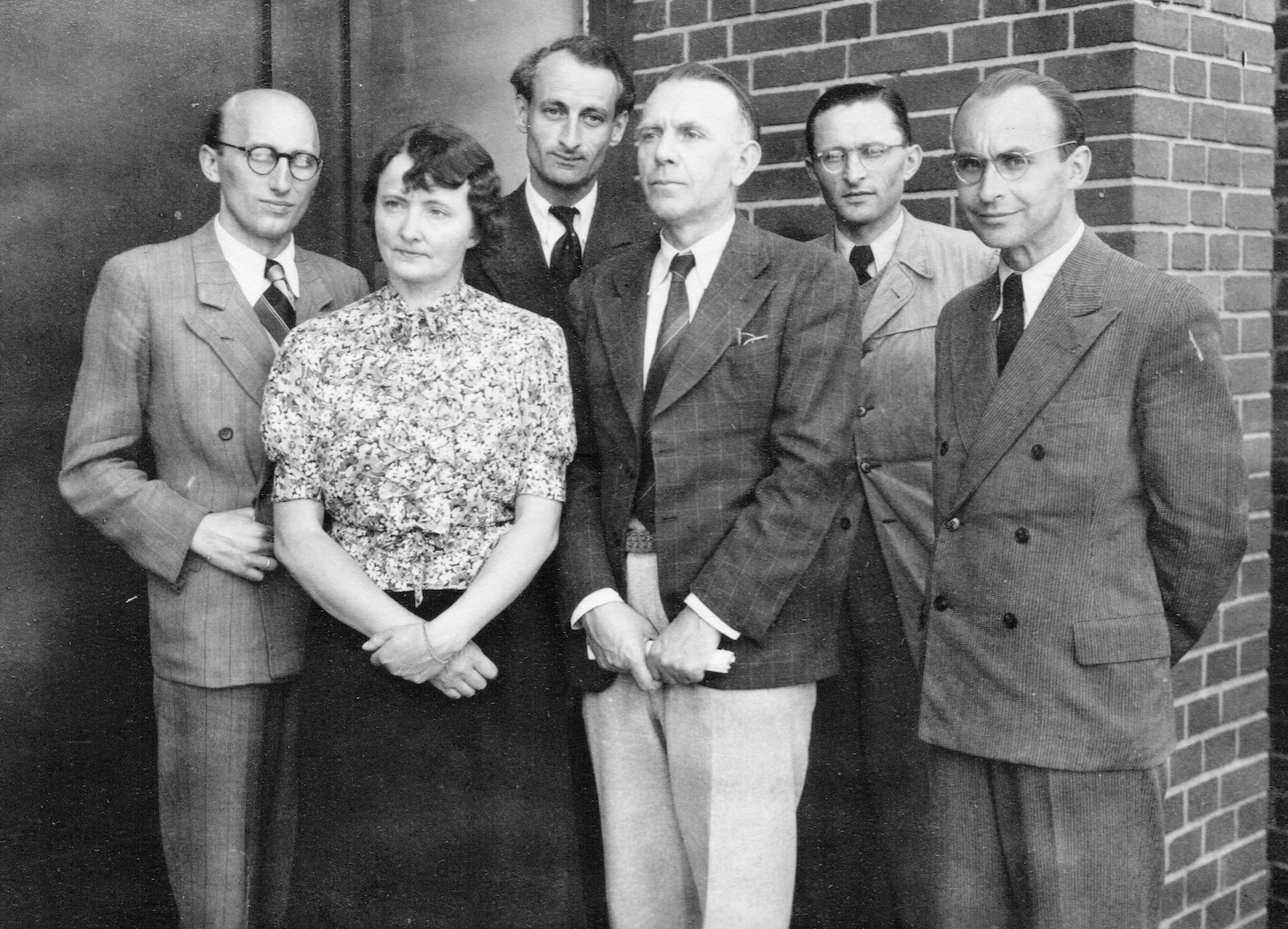
Given its mimeographed format and pasted-in photographs, the “Report from Heidelberg” was probably issued in no more than a dozen copies, for Colonel Benford and several of his colleagues and superiors. The quality of the paper is poor, a reflection of the postwar shortages of this commodity. Nonetheless, the quality of the printing and the placing of illustrations is high. The hand-marbled cover illustrated with a woodcut of Heidelberg, as well as the precise fastening of the pages, speaks well of the binder’s craft. It was almost no surprise to find a small note claiming credit for the job inserted between the two blank pages at the end of the book. The note was photocopied, so likely was included in all copies of the book. It is itself something of social document embodying an authentic description of the conditions of the time, so it warrants a complete citation, mistakes and all:
March 10th, 1947
Dear Sir-
Dear Miss
I beg your pardon of this way to look for an acquaintance. But if you think about the work of a book binder (her love to books, et cetera) you will see that she is interested to know whether the receiver does like the bindings or not. We get a small salary in our profession and in want of that I wish pleasure in another way. Therefore please tell me your opinion of the bindings. May I trouble you to answer me soon?
I am 18 years old, blond. We had a farm in the Russian Zone and had to leave, because the Russians wanted to take us in camps.
I would like to get perfect in English. Would you help me?
Your sincerely,
Elisabeth…
In case Colonel Benford never responded, on behalf of the Hoover Library & Archives: Elisabeth, a job well done! Your book is in good hands and will be admired and used by generations of researchers.
Maciej Siekierski siekierski@stanford.edu




